
views
Coming Up with an Idea

Come up with an idea. Before you begin writing your book, you will need to have an idea. This is the seed from where your book grows. Coming up with the concept can, however, be difficult. Ideas will come when you open yourself to more experiences, so the best way to get an idea for a book is to go out and do things. Starting concepts can take many forms. You can have an idea for the general plot; you can have an image of an environment, an outline for the main character, or even smaller, less developed ideas. It does not matter how rough it is, any idea can turn into a full story. Read a lot during your free time to get inspired and get used to a lot of different writing styles.
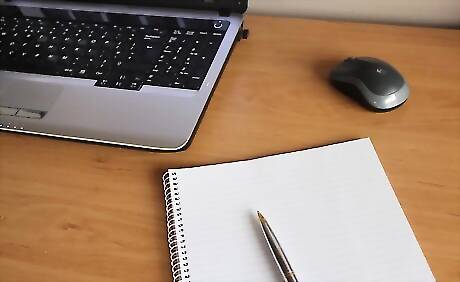
Research your concept. Once you have a vague concept, start researching to get more ideas. For example, you want to write a book about kids playing a futuristic video game. Do some research by going to arcades, reading up on the latest game innovations, and playing some games yourself. In doing these activities, you may see or experience things which give you ideas for what the story can be about or could be included in a story.
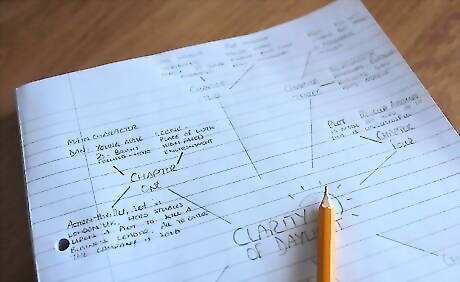
Develop your concept. With a few ideas about what could be included in a story, you will want to develop your concept. Make the concept more complex by following it to its logical conclusion, thinking about what might result from the set of circumstances, or anything else to make it a more complex idea. Having a more developed concept will help you build your plot. For our story about video games, for example, we might develop the concept by asking ourselves who made the futuristic video game. Why are they making it? What happens to those who play?

Consider your audience. When coming up with and developing your concept, you will need to consider your audience. Whom are you writing this book for? Different people are into different things and there be particular sets of experiences and prior knowledge to go with the various demographics. You will need to consider this so you understand how to proceed with the plot, characters, and how the book is written. Try creating a false ad for your book. Include a summary, a cover idea, and the title. This will help you think of ways to make the book appealing. Don’t feel limited: there’s no reason a book about kids playing video games can’t be enjoyable for older people who have never played video games. However, if you intend to write a book that aims at people who have never experienced what you are writing about, you will likely need to give plenty of background information and do an outstanding job at describing the experiences of the characters.
Organizing Your Plot
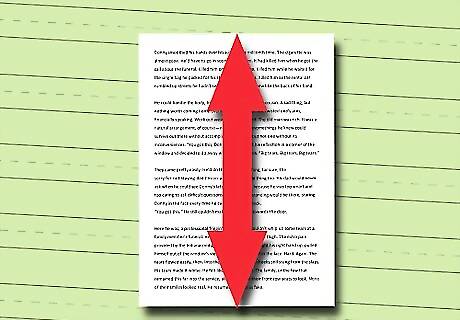
Choose a structure. In the beginning stages of writing a book, you will want to organize your plot. It is okay to leave some room for movement when you begin writing, but writing your story without some road map rarely works out. The best place to start is with choosing a structure that works for you. Writing theory teaches that there are several classic structures, which most works fall into, but most are not mutually exclusive and can be combined. The two major structures are: Act structure: The act structure, commonly associated with plays and film, can easily be applied to novels as well. This theory of structure states that stories do well when broken up into clearly identifiable sections. The normal number of sections is three though two and four are common. In the classic three-act structure, the first act introduces the main and secondary characters, the setting, the problem to be conquered, and often some background information (this act usually comprises roughly 25% of the story). The second act moves through and develops the conflict in the story, usually containing a plot point where the main character faces a major setback. This is the meat and potatoes of the story and usually comprises roughly 50% of the content. The third act is the conclusion, where the hero faces the villain and the story reaches its climax, followed by a rewarding or, at least, less exciting ending scene or series of scenes. Each of these acts can often be boiled down into three subsections, each with its own arch or mini-story. Monomyth or the Hero’s Journey: This theory of story structure was famously put forward by Joseph Campbell. It states that almost every story with a hero can be boiled down into one main series of archetypes. This begins with a hero who is called to adventure though s/he initially refuses the burden. The hero is given some aid before crossing from the world, s/he has always known into the adventure (where the hero feels lost and alone at first). The hero then undergoes a series of trials, during which they will often encounter helpers, at the end of which the hero goes through some significant personal change. The hero then confronts the main antagonist of the story and returns home, enriched with wisdom and treasure.
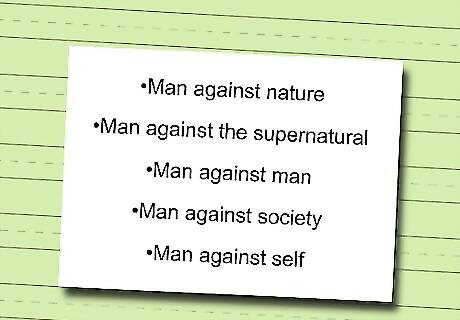
Choose your conflict type. You may want to think about what type of conflict you wish to have in your story. This can help you develop a plot, as well as lead you to other similar stories to gain inspiration. There are many theories about the types of conflict in stories, but the main sources are: Man against nature: This is a story where your main character faces off against some natural phenomena. An example would be stories where the main character becomes lost in the wilderness or the antagonist is an animal. An example of this kind of story would be the film 127 Hours. Man against the supernatural: This is a story where your main character faces off against creatures like ghosts and demons, God himself, or other beings not of this world. The Shining is a good example of this type of conflict. Man against man: This is the most basic story conflict, where your main character faces off against another person. The Wonderful Wizard of Oz is a classic example. Man against society: In this type, your main character faces off against the rules of a society or societal norms. An example would be the novel Fahrenheit 451. Man against self: This is a story where your main character faces off against his own inner demons or his own internal conflict. An example of this would be The Picture of Dorian Gray.
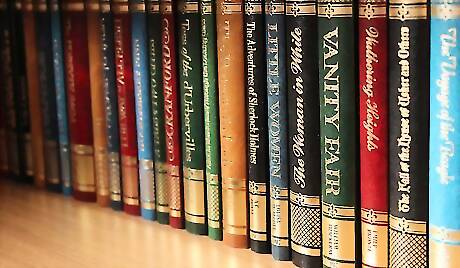
Consider your themes. Whether it is intentional or not, your story will end having a theme. This is what the story is about. Through writing about this theme, you will end making some statement about what you think on the topic. Think about the themes in your book or that could be in your book and what you want to say about them. This can help you develop a plot, through creating situations which present your ideas. Frank Herbert’s Dune (for example) is not about a guy trying to avenge his family. It’s about the perils of imperialism and Herbert makes it clear that he believes Western powers have become hopelessly entangled in a situation where they do not belong which they cannot hope to control.
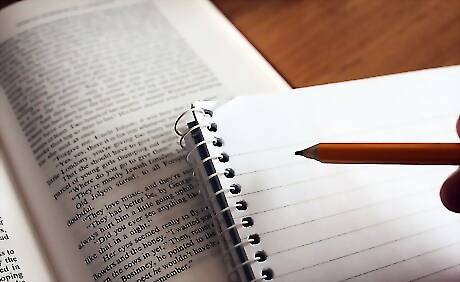
Plan your plot points. Plot points are turning points in your story, important events which change the course your character must take. You will need to plan what these will be and try to space them evenly. There is a plot point, which serves to convince your character that they must go on their adventure. This is a point at which all of your character’s plans for dealing with their problem go right out the window and then some climax which incites the final battle.

Outline. Once you know where you are going and how you are going to get there, write down the whole thing. This will be your roadmap and is vital to a smooth writing process. Write down the basics of each scene, what purpose the scene serves, what characters are in the scene, where they are, what they are thinking and feeling, etc. Every minuscule detail of the sequence of events should also be written down for each scene. This is the best way to prevent crippling writer’s block, as you can still cover the basics of a scene, even if you may not feel that it is perfect.
Developing Your Characters
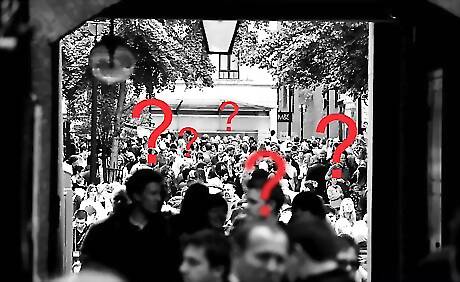
Choose the number of characters. When planning your book, you will want to think about how many characters you want to include. Do you want only the smallest number possible, to create a minimalistic, lonely feeling? Or do you want to include a vast wealth of characters which serve to create an elaborate world within your book? This is important, as you will need to plan your characters around each other to create balance.
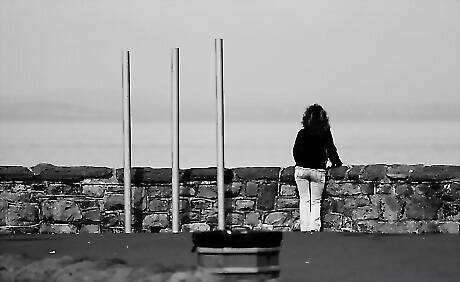
Balance your characters. No one is good or great at everything, and without faults (an overly perfect character is often called a "Mary Sue"). Giving your character real struggles and faults will make them more realistic and help your readers to identify with the character. Remember: your readers have faults, so your characters should too. Your character’s faults will give you the space necessary to improve them over the course of the story. This is what makes a story good: your character undergoing challenges to make them better human beings in the end. This is what your audience wants to read about, as it helps them believe that they too can be better people at the end of their struggles.
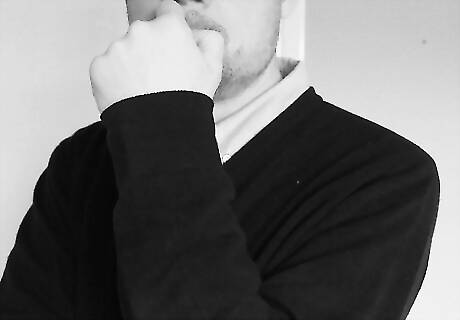
Get to know your characters. Once you’ve got a balanced character, get to know them. Think about how they would react in different situations (even if those situations would never be in your book). Think about what it takes to get them to reach different emotional points, what their hopes and dreams are, what makes them cry, who is most important to them and why. Knowing these things about your characters will let you better understand how they would act in the situations that you do put them in, leading to a more consistent, more realistic character. Judy Blume Judy Blume, Writer Invest in your characters so your audience will too. "The best books come from someplace deep inside ... Become emotionally involved. If you don't care about your characters, your readers won't either."
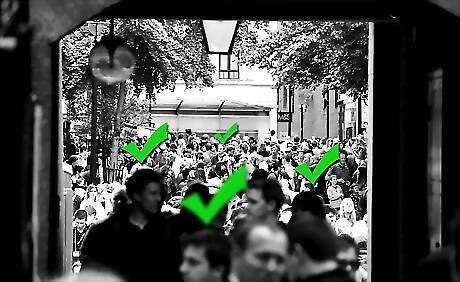
Evaluate your characters. Once you are fairly far along into the character development process, you may want to stand back and evaluate your characters. Make sure that they are truly important to the plot. If they are not, you may want to consider cutting them. Having too many characters, especially characters which never distinguish themselves, can confuse readers and hurt your book.
Designing Your Environment
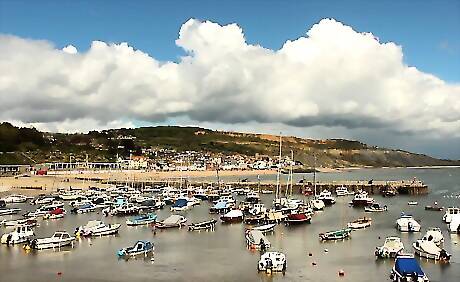
Visualize your environment. Think about where your book takes place. Think about what the architecture looks like, how cities are laid out, what the natural environment looks like, etc. Now, write all of that down. This will allow you to (first of all) be consistent in your descriptions but also more detailed, creating richer more realistic environments. You can tell someone the sky is green, you just have to make them believe it by telling them how at sunset it faded from the pale green of a leaf’s belly to a rich green which made everything seem dull by comparison before darkness set into an almost iridescent color like a crow’s feathers. Make them see it by understanding it well enough yourself that you can explain it.

Consider logistics. Say you are writing about a band of adventurers trying to reach a fabled city on the other side of a mountain. That’s great. The problem is, it takes a long time to cross a mountain. Things are bound to happen during the crossing of a mountain. You cannot simply have them cross in two days as if it is no big problem. If they have to cross a continent on foot, you need to allocate time for that in your plot.
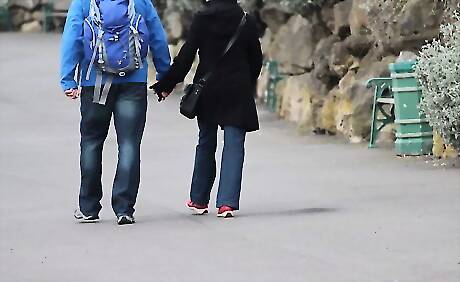
Understand the senses. You will need to appeal to all of your audience’s senses if you want them to be fully immersed in the text. Don't just tell them what your characters ate. Tell them how the juice of the meat burst forth as they bit into it and the taste is a mix of the grease and the smoke from the fire. Don’t just tell them that a bell was ringing right above your character’s head. Tell them about how the sound was so loud that it pierced every thought until only an awareness of the ringing persisted.
Selecting a Writing Space

Choose your writing medium. Think about how you want to write your book. As technology develops, the number of choices becomes greater and greater. You will need to choose a method which works best for you but keep in mind that it may affect how you go about publishing your work. You can write the text with a pen and paper, type on a typewriter, type on a computer, or use a software program which records your voice as you talk and translates it into typed text. Different medium work best for different people.
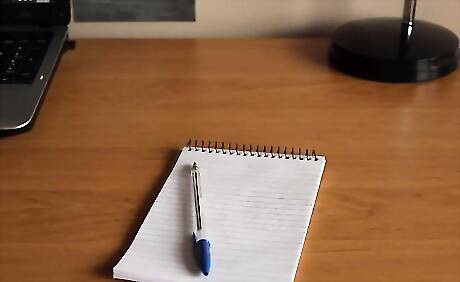
Find a writing space. You will need an acceptable space, which allows you to work without interruption. It will need to accommodate your chosen writing method and be comfortable and not distracting. Common options include a coffee house, office, or library. It is helpful to have access to tools and materials you may need such as dictionaries, thesauruses, articles on your topic, erasers, etc.

Cover your creature comforts. You will want to be sure that you do not become distracted while writing so have everything you may need. Many people develop a specific thing, which they cannot write without, such as a particular food or sitting at a particular chair. Make sure that these needs are met before continuing.
Setting a Writing Schedule

Understand your writing habits. Get to know yourself and how you write. Do you write better at a specific time of day or in a specific place? Maybe you write best after you finish reading someone else’s book. Knowing how you write can tell you about how you should proceed and what you should avoid; you can build your writing schedule around the habits you know yourself to have.

Write at the same time. Once you decide what time of day works best for you and form some kind of writing schedule, stick to that schedule. Have a time that is only for writing and always write during that time. You can use it to free-write or plan your novel, but you should always use the time for writing. This will help you get into the habit and be more productive.

Work through writer’s block. It can sometimes become difficult to write, but you should not stop and ignore the problem. This often leads to unfinished books. Do things to inspire yourself and continue to work, even though it is slow and much more difficult. You can always return to a section later when you feel more inspired.



















Comments
0 comment